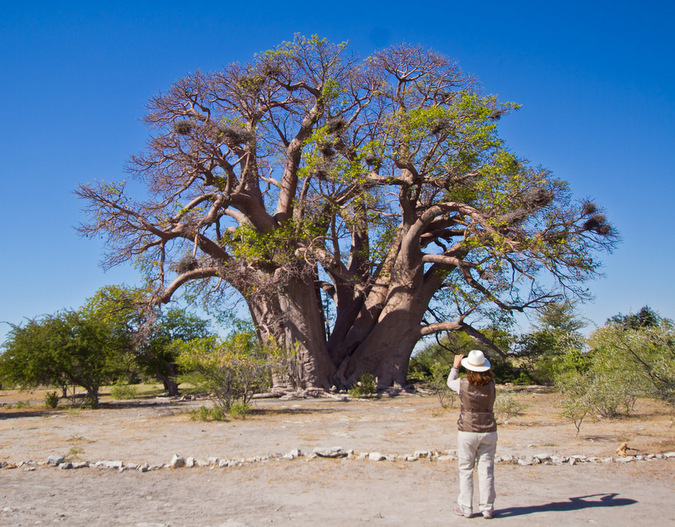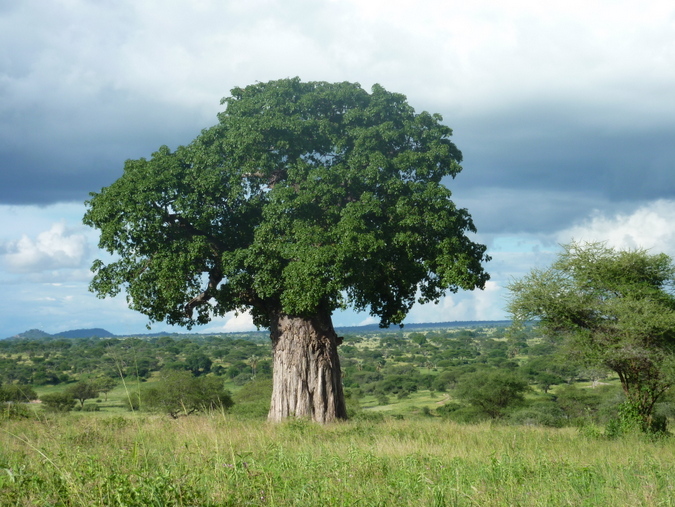
DECODING SCIENCE POST by AG Editorial
A new survey of baobab trees across several countries in southern Africa has found that most of the oldest and largest of trees have died, or significantly deteriorated, over the last 12 years. The cause is still unclear, but researchers speculate that climate change may be an underlying factor.
Adrian Patrut, a Romanian professor of inorganic and radiochemistry, and colleagues used radiocarbon dating to analyse more than 60 of the largest and oldest baobab trees in Africa to try to find out how the trees could grow so large and so old. During the survey, which started in 2005, the researchers noticed that nine of the 13 oldest, and five of the six largest baobabs had died, or at least their oldest parts had collapsed and died during the study period.
These included well-known trees that have become famous for their size or natural architecture, like the Sunland baobab (that fell in 2017), the sacred Panke baobab (around 2,500 years old when it died in 2011, according to Patrut), Namibia’s ‘Grootboom’ (thought to be at least 1,275 years old and fell in 2014), and Botswana’s Chapman’s baobab (that collapsed in 2016).
“We report that nine of the 13 oldest… individuals have died, or at least their oldest parts/stems have collapsed and died, over the past 12 years,” the team said, describing “an event of an unprecedented magnitude”.

Published in the journal Nature Plants this week, the survey suggests that climate change may be affecting the ability of the trees to survive, though more research is needed to understand the exact cause.
“We suspect that the demise of monumental baobabs may be associated at least in part with significant modifications of climate conditions that affect southern Africa in particular,” said Patrut and his team. “However, further research is necessary to support or refute this supposition.”

The team added that an epidemic did not cause the deaths and “there were no signs of disease”.
Baobabs are notoriously tricky to date because their strange shape and growth patterns can complicate traditional tree-ring analysis — and Patrut’s method drew some controversy from other baobab ecologists. But his findings about the deaths came as no surprise: Anecdotal evidence of a die-off was already spreading in the baobab research community.
Baobabs have a unique ring-shaped structure comprising multiple stems and trunks, often of different ages. Baobabs will start growing as a single trunk but over time, develop others that may fuse to form a closed circle, or remain open. The researchers found that in some cases, all the trunks had died suddenly at the same time.
Full report: Nature Plants, Adrian Patrut, Stephan Woodborne, Roxana T. Patrut, Laszlo Rakosy, Daniel A. Lowy, Grant Hall & Karl F. von Reden (2018): The demise of the largest and oldest African baobabs
Further readings about baobabs:
• A brief history of Chapman’s baobab
• 9 Fascinating baobab tree facts

To comment on this story: Login (or sign up) to our app here - it's a troll-free safe place 🙂.![]()








